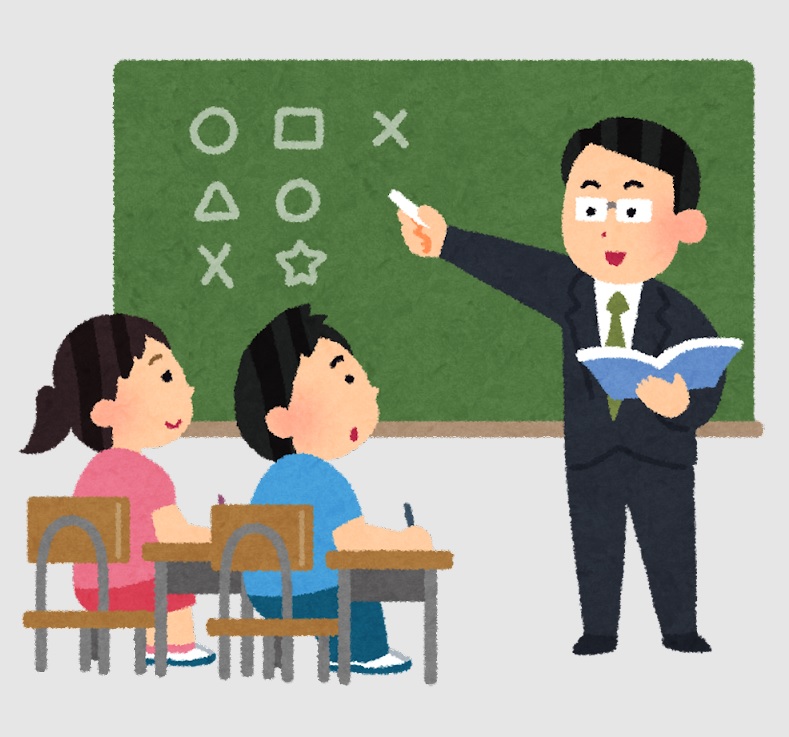「裏切られた夢|学資保険の闇」
今日は【貯める力】
学資保険は不要
という事についてお話しします。
●学資保険、その用途と特徴

学資保険とは
子供の教育資金を準備するための
『貯蓄型』の保険です。
だから大学などの
入学資金や学費ですね。
親が死亡した場合
それ以降の支払いが不要という
特徴がある保険です。
だから子供が生まれたら
学資保険に入って
18年間ぐらい積み立てて
大学生ぐらいになった時に
大体返ってくる。
一括で返ってきたり
年々返ってきたり
色々有るんですけど
その金額を
入学資金とか学費に充てる。
ちょっとだけ増えて
返ってくるというイメージが
あるのではないでしょうか?
それから
親が途中で死亡した場合に
それ以降の保険料の支払いが
不要なんですよね。
仮に毎月1万5千円積み立ててたとすると
子供が3歳で亡くなっちゃったとしたら
残りの15年間の保険料の支払いは
不要になるという事です。
●学資保険の“常識”を超えた選択を。

学資保険は本当にいらないです。
不要ですね。
基本的には今までお話しした
貯蓄性のある生命保険と同じです。
学資保険も基本的には
生命保険に分類されるものです。
保険は大きく
・医療保険
・生命保険
・損害保険
とカテゴライズされます。
生命保険自体が
ほとんど不要だと言ってる。
世間の心の声は
「いやいや学資保険はいるでしょ!」
とか
「貯金より増えるからいいじゃないか!」
とか
「子供が増えたら学資保険じゃないんですか!」
とか
「今解約したら損する!」
とか
これについて色々理由と共に
お話しします。
●学資保険、リスクを隠さず見せます。

(1)元本は安全じゃない
保険だったら安全だと思うかもしれませんが
元本は安全ではないです。
保険会社は倒産する可能性があります。
実際に8社過去には倒産しています。
(生命保険会社の破綻処理の概要 出典:金融庁ホームページ)
倒産した場合どうなるのかと言うと
返してもらえるお金は
減る可能性が高いんですね。
保険は絶対に安全ではないです。
しかも資金拘束されます。
学資保険は子供が生まれてから
18年間ぐらい
基本的には積み立てるんですよね。
もちろんもっと早く
払い込みしたりする事もありますが
もらえるまでには18年間かかる。
18年後
保険会社がつぶれてる可能性というのは
わからないですよね?
確率が高いわけではないにせよ
必ずではないので。
しかも預貯金のような保護はありません。
預貯金の場合
1000万円+利息まで
預金保険制度というものに
守られています。
だから銀行が倒産したとしても
預貯金は必ず戻ってくるんですけど

こういう保護は
保険にはありません。
保険会社の人とか
「責任準備金があるから大丈夫です!」
「ちゃんと積み立てしてるので大丈夫ですよ!」
「横によけてるので大丈夫ですよ!」
みたいな事を言うと思うんですけど
かならずしもそうとは限らない。
責任準備金というのは
保険会社が積み立てているお金です。
「保険会社がつぶれても
責任準備金があるから大丈夫」
と言われるんですけど
金額の決め方というのは
責任準備金はかなり
計算式が複雑なんです。
責任準備金と満期保険金は違います。
責任準備金というのは
確かに貯めてあるんだけど
満期保険の分が貯まってる
という事ではありません。
つまり満期保険金の9割より
少ない可能性が高いです。
だから要は自分が思ってる金額よりも
少なくなる可能性の方が高い
ということです。
〜〜〜つづく〜〜〜
Special Thanks college president Ryo.
●おまけ
≪≪Chat-GPTくんによる要約→perplexityちゃんによる文章まとめ≫≫
学資保険は子どもの教育資金を準備するための貯蓄型保険ですが、その必要性については意見が分かれています。主な特徴は、毎月一定額を積み立て、満期時に教育資金を受け取れることです。また、契約者が死亡した場合には以降の保険料支払いが免除される点も魅力です。
しかし、学資保険が本当に必要かどうかは疑問です。元本保証がないため、保険会社の倒産リスクがあります。さらに、長期間資金が拘束されるため、途中で解約すると元本割れの可能性もあります。また、預貯金のような保護制度がないため、安心感に欠ける場合があります。
代替手段としては、銀行預金や投資信託などが考えられます。教育資金の準備方法は家庭の状況や価値観によって異なるため、個別に検討することが重要です。計画的な貯蓄が難しい場合には学資保険も選択肢となりますが、他の方法も併せて考えるべきでしょう。
Citations:
[1] https://www.f-l-p.co.jp/knowledge/1726
[2] https://konohoken.com/child-education/article/child-education-necessary/
[3] https://www.aeon.co.jp/information_ex/hoken/tips/gakushihoken/
[4] https://hoken-room.jp/student/student-need
[5] https://www.fukoku-life.co.jp/gakushi/about/
[6] https://www.navinavi-hoken.com/articles/student
[7] https://tecrowd.jp/column/real-estate-crowdfunding/educational-endowment-insurance-and-alternative-methods/
[8] https://excellife.jp/educational-insurance/
[9] https://www.meijiyasuda.co.jp/find2/light/knowledge/list/2.html
[10] https://hoken-room.jp/student/862
[11] https://life.oricon.co.jp/rank-educational-insurance/special/column/alternatives/
[12] https://www.41fp.com/media/student-insuarance/gakusihoken-hairisobireta/
[13] https://www.taiyo-seimei.co.jp/net_lineup/colum/basic/060.html
[14] https://www.meijiyasuda.co.jp/find2/light/knowledge/list/32.html
≪≪Chat-GPTくんによる英訳≫≫
Today, I will talk about [the ability to save] and why education insurance is unnecessary.
【Education Insurance: Its Purpose and Features】
Education insurance is a savings-type insurance designed to prepare funds for a child’s education.
This includes funds for university entrance fees and tuition fees.
It also has a feature where, if the parent passes away, no further payments are required.
So, when a child is born, you would sign up for education insurance, save for around 18 years, and then typically receive the accumulated amount when your child becomes a university student.
The money can either be paid out in a lump sum or in yearly installments, depending on the plan.
This amount would be used for entrance fees, tuition, and other education-related costs.
You might think that it would return a bit more than what was paid in.
Additionally, if the parent passes away, payments for the insurance will no longer be required.
For example, if you had been saving 15,000 yen a month, and your child passed away when they were 3 years old, the remaining 15 years of payments would no longer be required.
【Go Beyond the “Common Sense” of Education Insurance.】
Education insurance is truly unnecessary.
It is not needed.
In essence, it is the same as the life insurance with a savings feature that I’ve discussed earlier.
Education insurance is basically classified as life insurance.
Insurance is broadly categorized into:
– Medical insurance
– Life insurance
– Property insurance
In fact, life insurance itself is largely unnecessary.
The voice of the public often says things like:
– “No, education insurance is necessary!”
– “It’s better than savings because it grows!”
– “Isn’t education insurance the right choice when you have children?”
– “If I cancel now, I’ll lose out!”
I’ll discuss these points in detail along with the reasons behind them.
【Exposing the Risks of Education Insurance.】
(1) The Principal is Not Safe
You might think that insurance is safe, but the principal is not guaranteed.
There is a possibility that the insurance company could go bankrupt. In fact, eight insurance companies have gone bankrupt in the past.
(Source: Financial Services Agency – Overview of the Liquidation of Life Insurance Companies)
If an insurance company goes bankrupt, the money that you’re supposed to receive may be reduced.
Insurance is not absolutely safe.
Also, your funds are locked in.
Education insurance typically involves saving for about 18 years from the time your child is born.
While you may make contributions earlier, it generally takes 18 years before you receive any money.
What if, in 18 years, the insurance company goes bankrupt?
The probability may not be high, but it is certainly not zero.
Moreover, there is no protection like there is with bank deposits.
In the case of bank deposits, there is protection under the deposit insurance system, which guarantees up to 1 million yen plus interest.
This means that even if the bank goes bankrupt, your deposit will be returned, but this kind of protection does not apply to insurance.
Insurance companies often say things like:
– “We have a reserve fund, so don’t worry!”
– “We’re saving properly, so everything will be fine!”
– “It’s safely set aside, so don’t worry!”
But that’s not necessarily true.
The reserve fund is the money the insurance company has set aside.
They say, “Even if the insurance company goes bankrupt, the reserve fund will be enough,” but the way this fund is calculated is quite complex.
The reserve fund and the maturity benefit are not the same thing.
The reserve fund is indeed saved, but it does not mean that it matches the amount of the maturity benefit.
In other words, it is highly likely that the reserve fund will be much less than 90% of the maturity benefit.
Therefore, the reality is that the amount you expect to receive could be much smaller than what you initially thought.
Special Thanks OpenAI and Perplexity AI, Inc


